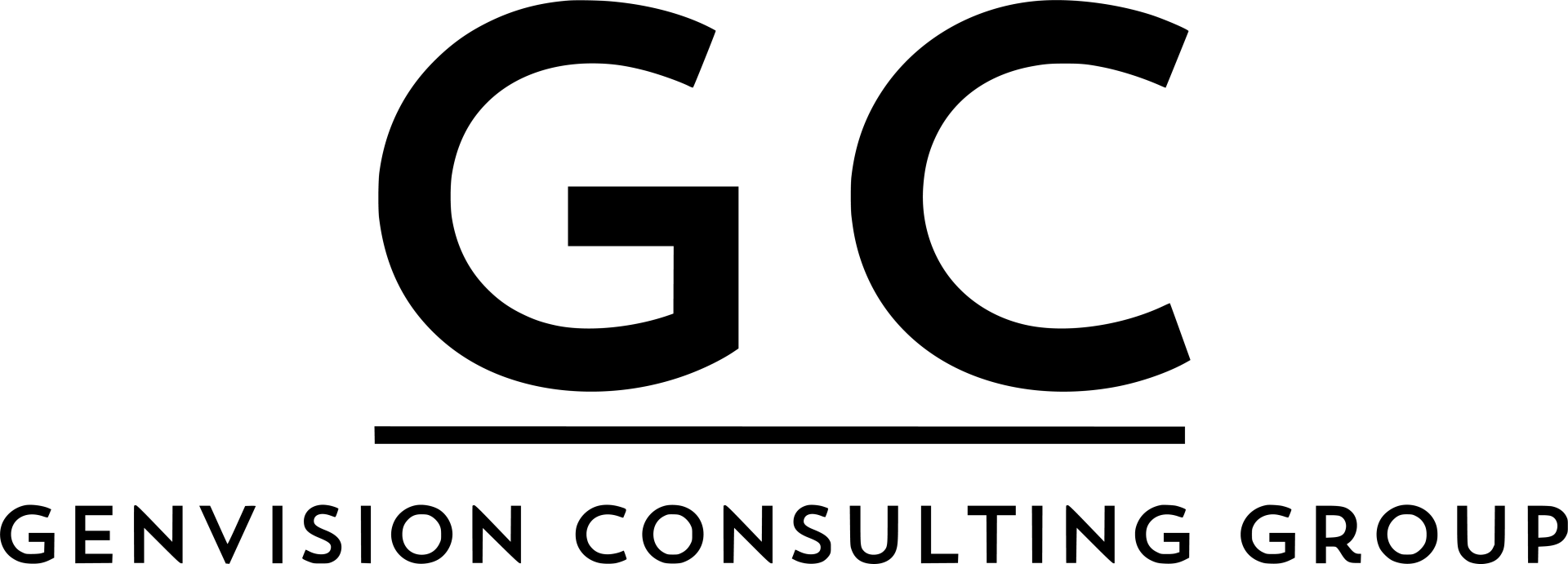Workplace Inclusion in Action
by Taryn Guy, GenVision President
Establishing an environment within a team, department, or organization that fosters an atmosphere of innovation, effectiveness, and efficiency, can begin by strategically introducing a culture of inclusion. However, what does true inclusion “look like?” Well…it’s tough to see with the naked eye because inclusion is defined by an individual’s feeling of having their unique attributes not just welcomed in the environment, but valued, appreciated, and respected.
What is one of the key drivers of employee engagement? You guessed correctly…it's INCLUSION!
As a leader, it’s imperative that employees have a voice and that their input and recommendations are valued. A culture of inclusion makes employees feel more comfortable and safer to offer suggestions, volunteer for projects, or even speak up when asked or prompted. When employees feel valued and are confident that their individual contributions are heard, considered, and/or implemented, they are more likely to feel connected to their leadership and fellow employees. Below are a few additional suggestions for leaders to better model inclusive environments:
- Practice active listening - Intentionally listening without allowing distractions and without interrupting the individual speaking to best understand what is being said. Once understood, then respond.
- Practice servant leadership – Focusing on the growth and overall well-being of the team versus operating in a position of power.
- Ask for feedback – Asking for and being open to receiving feedback from the team allows team members to help leaders identify blind spots. It can also foster a sense of value among the team by having the ability to openly and professionally share their individual perspectives.
- Lead with integrity – Be sure to follow through on commitments and effectively communicate with the team.
What can you start doing today?
- Acknowledge and celebrate diverse cultures and backgrounds that represent your employee population
- Create an environment of learning where team members are encouraged to bring their learnings back to the team
- Ensure that team members are recognized for their contributions
- Be consistent
- Role model what you expect from your employees
- Engage employees in key decision-making opportunities (surveys, polls, focus groups)
References
https://dignii.com/2019/08/20/the-link-between-inclusion-engagement/
